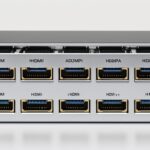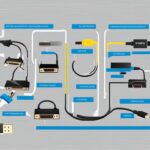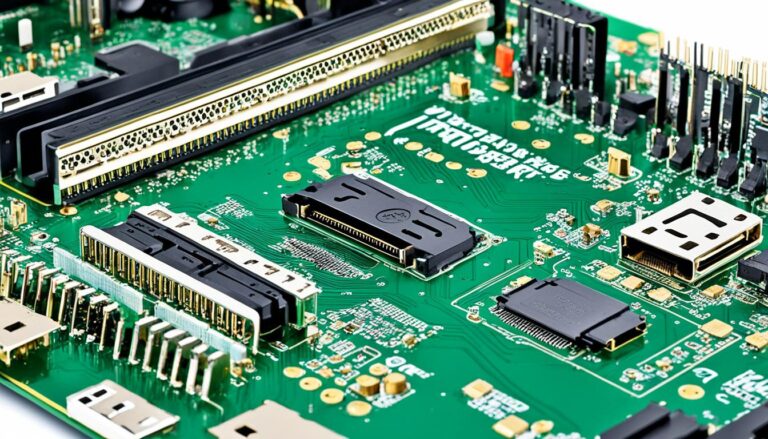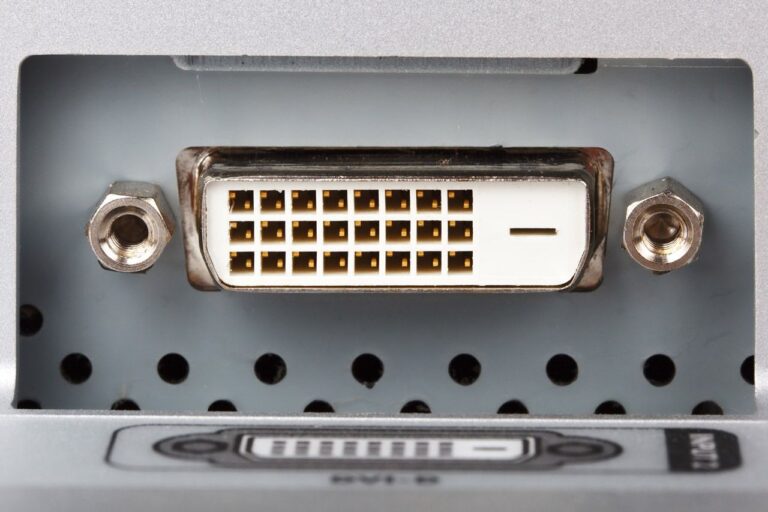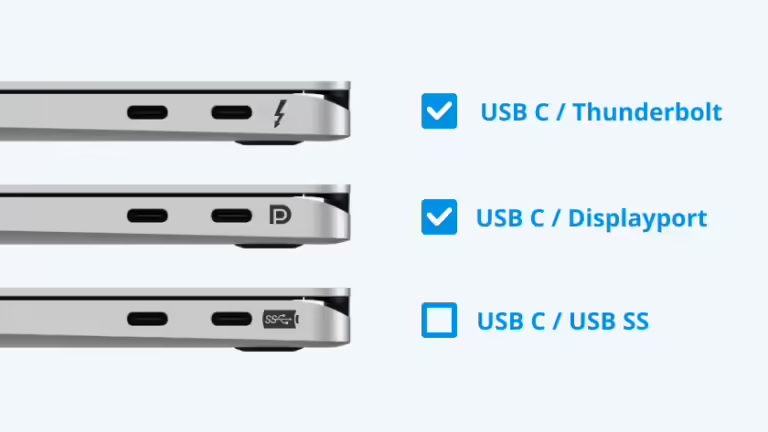Port software is key for keeping an eye on network ports. It checks port activity, ensuring networks work well and stay safe. This software spots how much bandwidth is used and notes any changes in data flow. It also watches for packet loss, wrong settings, and auto-negotiation issues.
This tool shines by boosting security and offering advanced options. It makes using resources smarter and helps understand data better, ensuring networks are reliable for a long time. Yet, using such software can be tricky. It might use a lot of resources and be complex to set up. There’s also a chance it could slow down the network or cause false alarms.
When picking a port monitoring tool, think about how easy it is to use and if it can grow with your needs. Check if it allows customisation, is cost-effective, and matches your hardware. Support, reporting, and how often it’s updated are also crucial.
What is Port Monitoring?
Port monitoring constantly checks the status and activity of ports on a network. It is vital for maintaining a healthy network by analyzing switch port activity. This software provides insights into network performance and ensures secure operation through TCP ports.
It allows the spotting of bandwidth usage and tracking changes in throughput. It also detects packet loss, misconfigurations, and auto-negotiation issues. This helps network admins proactively fix potential problems.
Port monitoring uses network software designed for analyzing switch port activity. These tools enable deep analysis and effective network management.
“Port monitoring is like having a constant eye on your network ports, ensuring everything is functioning optimally and securely.”
The Importance of Port Monitoring
Port monitoring is crucial for several reasons:
- It optimizes network performance by identifying bottlenecks and misconfigurations.
- It enhances security by detecting unauthorized connections and suspicious activity.
- It ensures efficient resource use by monitoring bandwidth and throughput changes.
- It helps in early detection of network issues for faster troubleshooting.
Overall, port monitoring is key for network administrators to maintain an efficient, secure, and reliable network infrastructure.
How Port Monitoring Works
Port monitoring watches over switch port activity continuously. It uses software to capture and analyze network traffic.
The software collects data on bandwidth use, packet loss, and other key metrics. It also alerts admins about any issues, helping them take quick action.
“Port monitoring software acts as the vigilant guardian of your network, detecting any anomalies and providing real-time insights to ensure optimal performance.”
An Example Port Monitoring Table
| Port | Bandwidth Usage | Packet Loss Rate | Throughput Changes | Misconfigurations | Auto-Negotiation Issues |
|---|---|---|---|---|---|
| Port 1 | 35% | 0.2% | Stable | No | No |
| Port 2 | 55% | 0.5% | Decreasing | Yes | No |
| Port 3 | 20% | 0.1% | Stable | No | Yes |
In the example table above, port monitoring data is displayed. Network administrators can see ports with high bandwidth, packet loss, or other issues. This helps them focus their efforts on troubleshooting and optimizing the network.
Benefits and Challenges of Port Monitoring
Port monitoring boosts network security by spotting unauthorised access and intruders. This helps take quick actions to lower risks. It also enhances network performance through smart resource management. Thus, port monitoring makes networks more efficient and secure.
This monitoring offers insights into data flow and usage. It helps network bosses understand how data moves and is used. With this knowledge, they can better manage and allocate network resources.
Port monitoring helps stop problems before they start. By watching port activity, network managers can spot and fix issues early. This keeps the network running smoothly without interruptions.
Yet, port monitoring is not without its hurdles. It needs lots of resources, like hardware, software, and skilled staff. Setting up a thorough monitoring system is complex and eats up time. This demands special know-how.
There’s also the issue of false alarms. Sometimes, the system might wrongly signal a problem. This can cause unnecessary checks and waste of resources. It can affect how well the network works.
Worries about data privacy are crucial too. Watching all data on a network raises privacy concerns. Organizations must handle this data properly, respecting privacy laws and policies.
In sum, the boost in security and efficient use of resources are major perks of port monitoring. Yet, one must think through its challenges. These include the effort and knowledge needed, the risk of false alerts, and privacy issues. Despite these, port monitoring remains a vital aspect of managing networks.
Top Port Monitoring Tools
When looking for port monitoring tools, there are a few leaders in the market. They offer lots of features for better network management. Below, you’ll find the best options out there:
1. UptimeRobot
UptimeRobot allows for real-time tracking of your network ports. It is easy to use with its simple interface. Users get instant alerts if something goes wrong. It’s designed to quickly spot and fix potential issues.
2. Statuscake
Statuscake is a top choice for keeping an eye on ports. It shows how ports perform and tracks important metrics. Thanks to its SSL monitoring and instant reports, users can quickly tackle any issues. Its dashboard is easy to understand, and alerts keep users updated.
3. Dotcom-monitor
Dotcom-monitor is more than just port monitoring; it keeps an eye on websites and servers too. Its effective monitoring ensures users get accurate updates. This helps in managing network ports for the best performance.
4. Uptime Robot
Uptime Robot makes monitoring easy and quick. It offers various ways to send alerts, like email and SMS. It’s great for both new and seasoned network users. Setting it up is straightforward.
5. PRTG Network Monitoring
PRTG Network Monitoring goes beyond just ports. It checks the whole network’s health. Its detailed reports provide deep insights. Users can spot and fix any issues fast, ensuring the network runs smoothly.
These are some of the best tools for monitoring your network’s ports. They cater to different needs, from simple interfaces to detailed reports. Try them out to improve your network’s reliability and efficiency.
Conclusion
Port software is key in handling network ports. It helps to ensure systems work efficiently and safely. It keeps an eye on port activity and checks how much bandwidth is used. It also spots any wrong settings, providing useful insights.
Though it faces challenges like being resource-heavy and complex, the advantages are clear. These include better security and smart use of resources. Port monitoring tools are a must-have for managing network ports well.
Choosing the right port monitoring tool matters a lot. Look for something easy to use and that can grow with your needs. It should also offer good value, work well with your systems, and have reliable support. There are many options out there, including UptimeRobot and PRTG Network Monitoring.
With the right port software, network bosses can better understand how their networks are doing. They can make smarter choices and fix issues before they get big. It’s great for keeping systems running smoothly. So, investing in port software is smart for managing network ports well.
FAQ
What is port software and why is it important for network port management?
Port software is key for managing network ports well. It lets you keep an eye on port activity. This is vital for keeping the network running smoothly and safely.
What is port monitoring and how does it contribute to network management?
Port monitoring constantly checks the status of network ports. It’s essential for a healthy network. By analyzing port activity, it helps manage the network better.
What are the benefits of port monitoring for network management?
Port monitoring has many advantages. It boosts security and offers advanced features. These include better network topology and smart resource use. It also helps in understanding data trends, and ensures network reliability over time.
What are the challenges associated with port monitoring?
Port monitoring has its challenges. It requires a lot of resources and can be hard to set up. Sometimes it might slow down the network or flag safe activities as risks. There are also concerns about data privacy.
What are some top port monitoring tools available on the market?
Top tools for port monitoring include UptimeRobot, Statuscake, and Dotcom-monitor. Uptime Robot and PRTG Network Monitoring are also great options.









